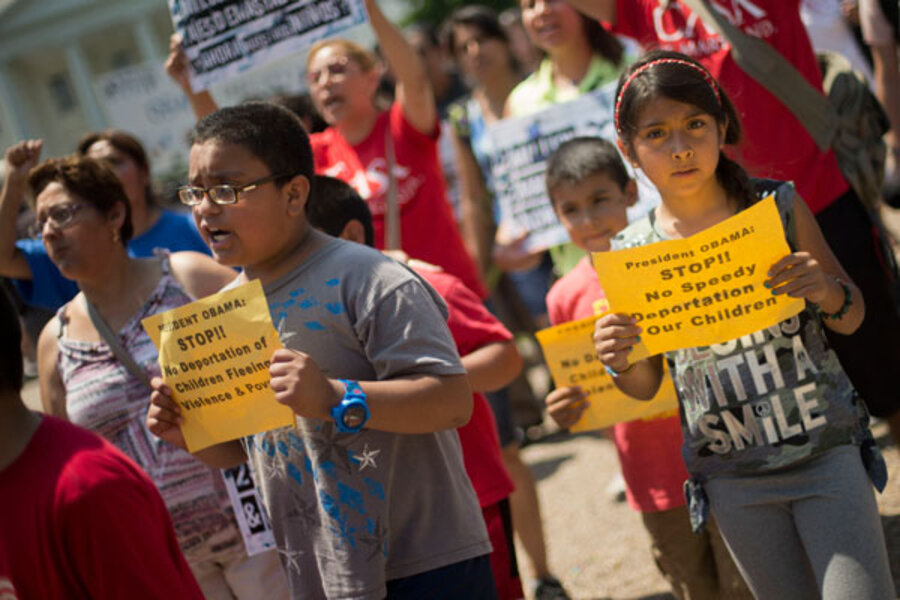Of 42 percent found eligible for relief in 2011, more than half were categorized under Special Immigrant Juveniles Status, which is aimed at foreign children in the US who have been abused, abandoned, or neglected. Children who get a green card through this program can live and work permanently in the United States, but they can never petition for a green card for their parents. They also cannot petition for a green card for any siblings until they become a US citizen.
Children can also stay in the US if they can show that they may be persecuted or tortured if they return home. One such form of relief is asylum, as defined under international refugee conventions. Another protection is called “withholding,” which is for people not eligible for asylum but who still may be subject to harm in their home country.
Other protections exist for children who are victims of human trafficking or criminal activity.








